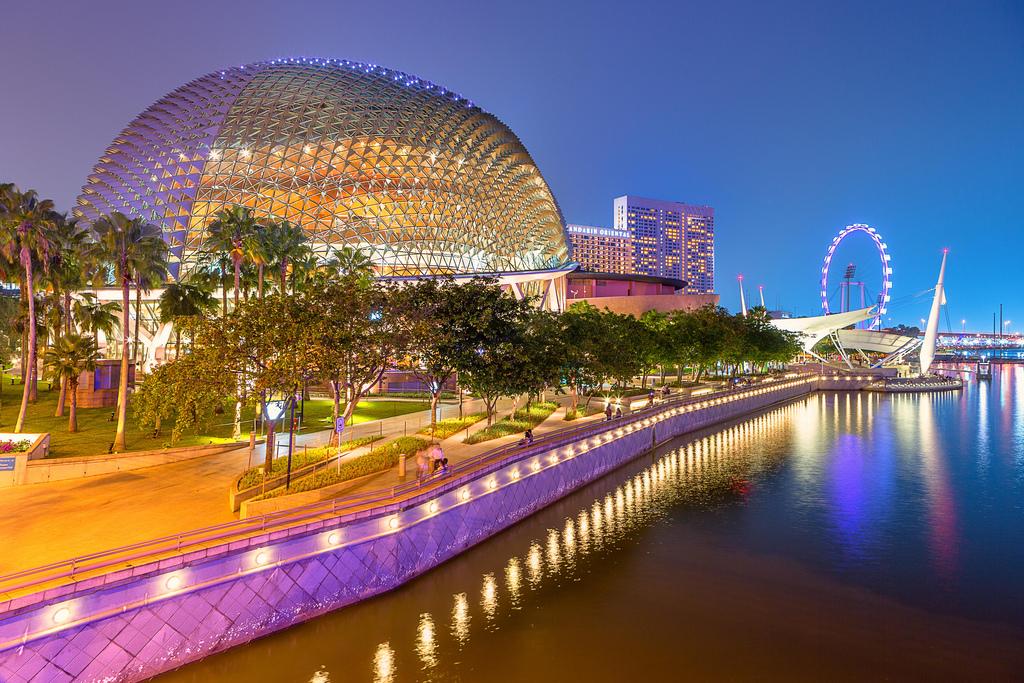By examining each country’s GDP per capita gross national product, governments can be classified based on richness subsequently compared to each other. From that, you may find out which nations are the richest and rank the countries from the richest to the lowest.
Luxembourg (GDP per capita: $119,719)
In 2025, we predict that Luxembourg will be the richest global GDP economy (at market exchange rates). In recent decades, Luxembourg’s economic success has been due to the expanding services sector: the nation is home to several major EU institutions and, because of a great tax policy, has a strong finance industry. While the economy probably went down last year because of Covid 19, in the future years, it should revert to a solid path of growth. In view of the ongoing vitality and significant population growth of the sector services, it will develop considerably beyond the EU average.
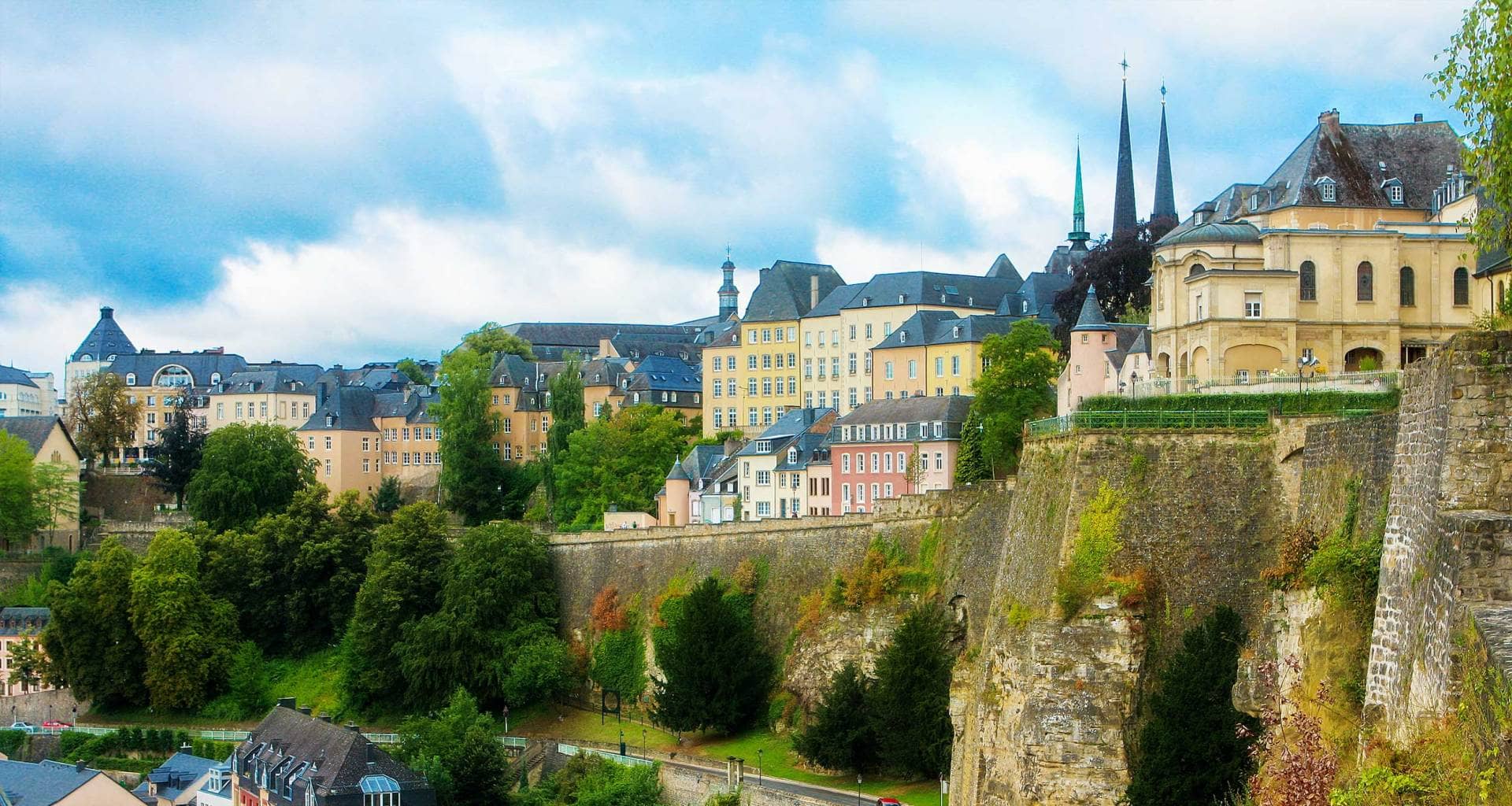
Norway (GDP per capita: $86,362)
Norway’s economy changed by discovering gas and oil in the North Sea in the 1960s. The government later established the most prominent sovereign wealth fund globally, currently valued at more than USD 1 bn, against this wealth of natural resources. The energy industry remains a significant element in the current economy, but with much more than 60% of GDP, the services sector is the most potent economic sector. As a result of the rising oil prices and a recovering domestic demand, Norway will return to growth from 2021 forward, which Covid-19 than other European economies less impacted.

Switzerland (GDP per capita: $83,832)
Switzerland has powerful institutions, a constant and favorable business climate, and a highly effective educational system to support Switzerland’s economy. There is also a robust industrial foundation and a compatible placement at the core of the biggest domestic markets in Europe. With substantial State support and laxer regulations, Switzerland has coped reasonably effectively with the Covid-19 issue. The economy is looking forward, but discrepancies with the EU over bilateral relations and susceptibility to external shocks pose dangers, is again on a steady, if not spectacular path.

Ireland (GDP per capita: $81,477)
Due to an export-oriented economic strategy and tremendous successes in winning out FDI – especially from significant corporations – Ireland has become one of the richest in recent decades. Ireland has a convenient tax policy, competent, English-speaking employees, a stable economic climate, and a strong relationship with the USA. Ireland will continue to expand at a robust pace, supported by significant migration and investment, throughout our projection horizon. But the additional commercial frictions with the United Kingdom owing to Brexit and a modest decrease in tax competitiveness pose dangers.
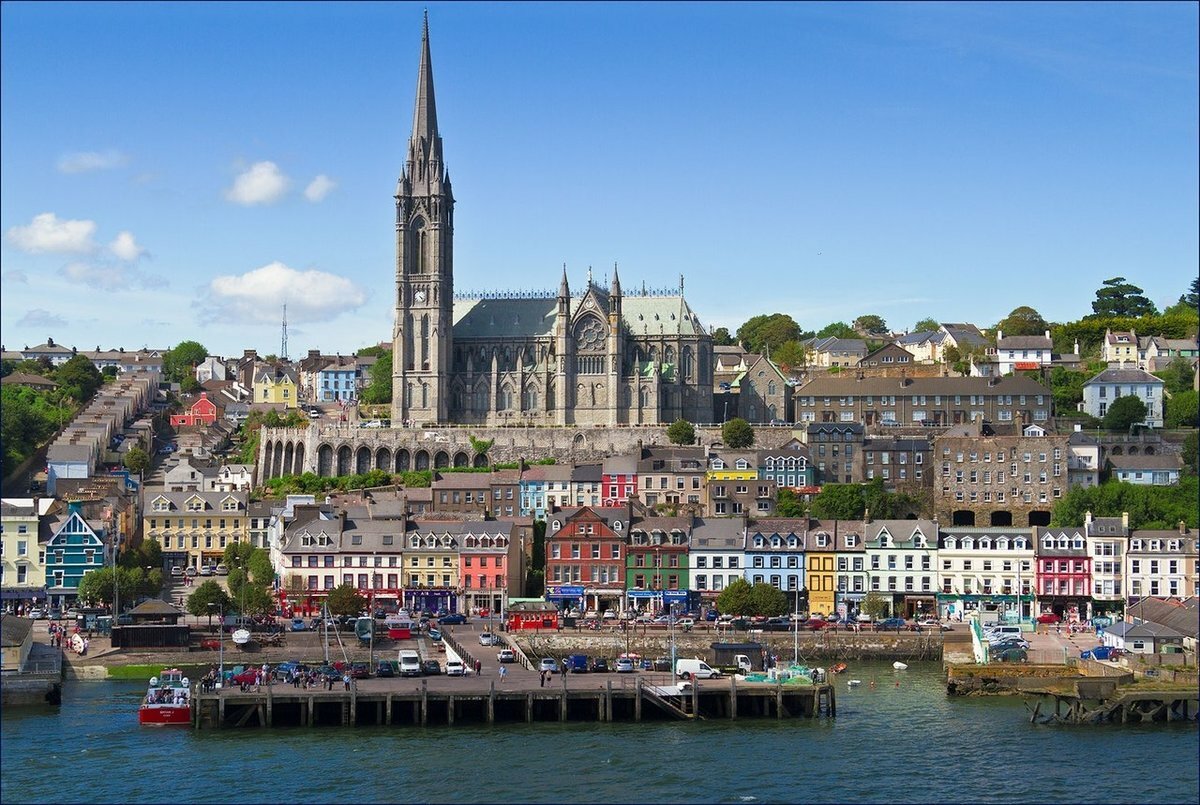
Iceland (GDP per capita: $78,181)
Ireland appeared invincible until lately. While Europe faced many suspicions -trade strains with the United States, Brexit, refugees’ crises, and immigration, for the most part- the Irish economy continued to advance in 2019. When the Eurozone expanded by only 1,2%, Ireland grew by more than 5,9%, strengthening its role as the continent’s most rapid-growing country. This changed in 2020: economic growth fell by more than half as it was before, although this year is anticipated to recover well.
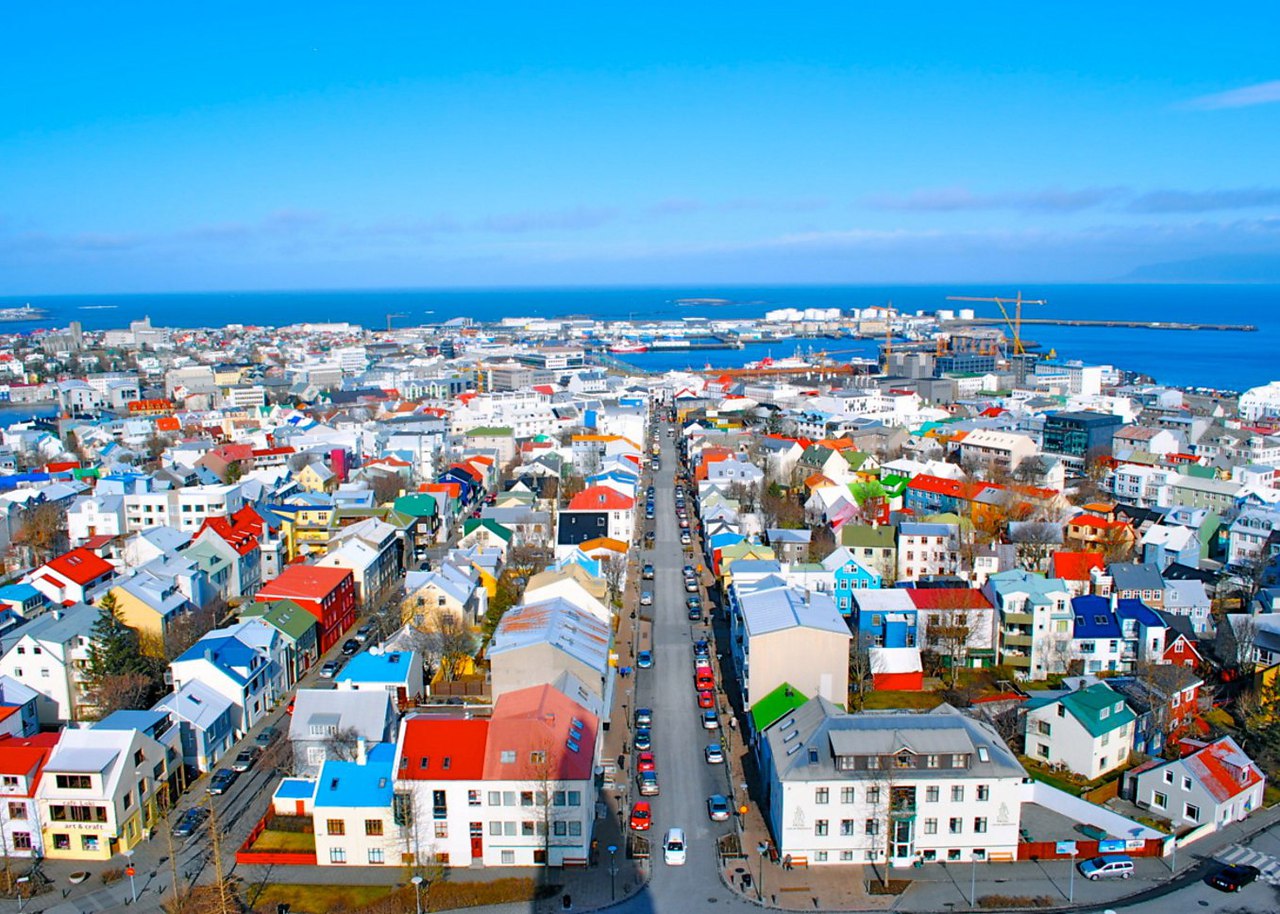
Qatar (GDP per capita: $65,062)
Not only last year’s oversupply and demand crunch and the worsening effect of COVID-19: since the mid-2010s, oil prices have fallen steadily and occasionally dramatically. A Qatari citizen’s per-capita GDP was more than $143,222 in 2014, “only” $97,846 a year later, and much smaller presently. However, the country’s deposits of crude gas, oil, and petrochemical products and its population so tiny — 2,8 million — have managed to top the list of the world’s most affluent nations during the last twenty years. It is indeed a wonder of contemporary architecture, fancy food, and luxurious shopping centers.
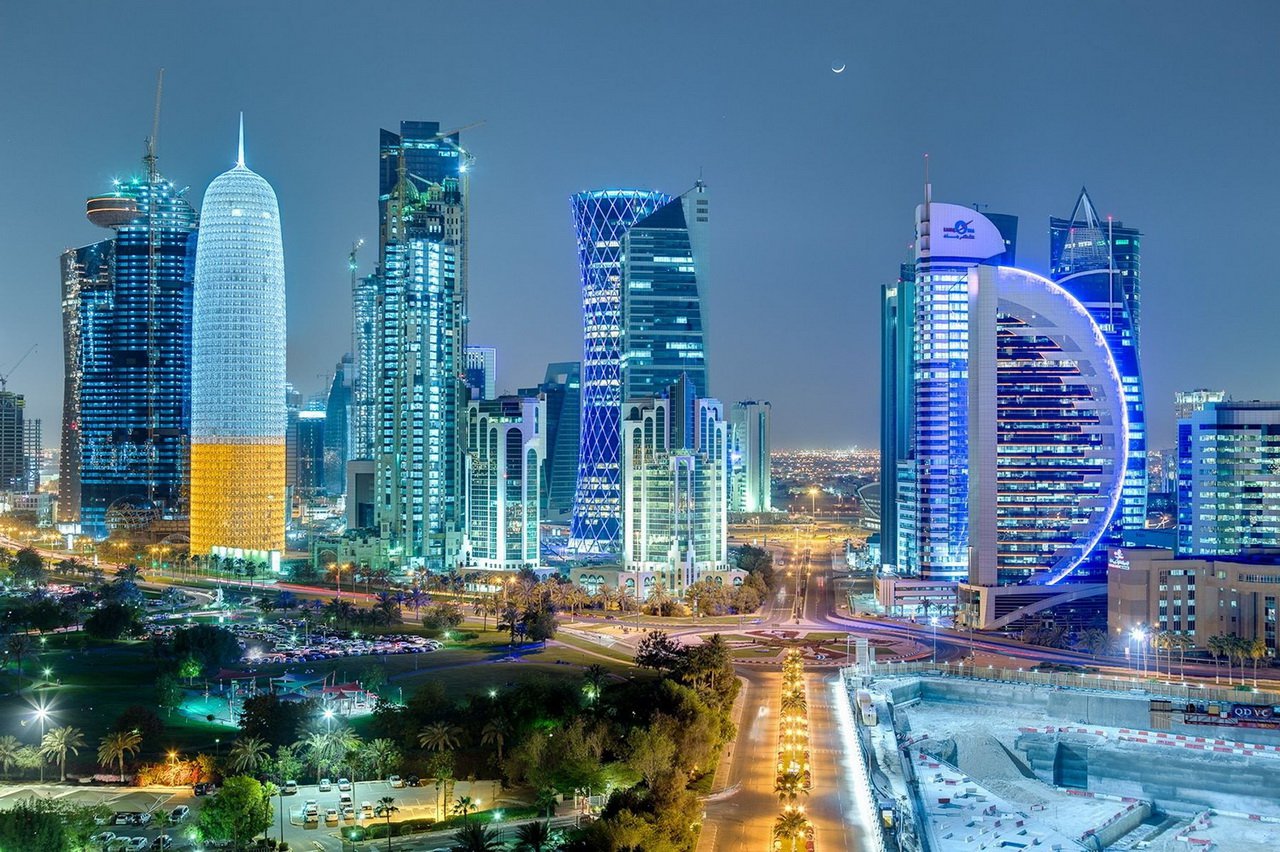
Singapore (GDP per capita: $62,690)
After being expelled from Malaysia in 1965, the embryonic independent Republic of Singapore was a small, non-natural, and ethnically tense third-world country. Fast a half-century forward, Singapore is today, with decades of export-oriented prosperity, among the world’s wealthiest nations per capita terms, with substantial investing in human and physical capital and creating a global corporate climate.
